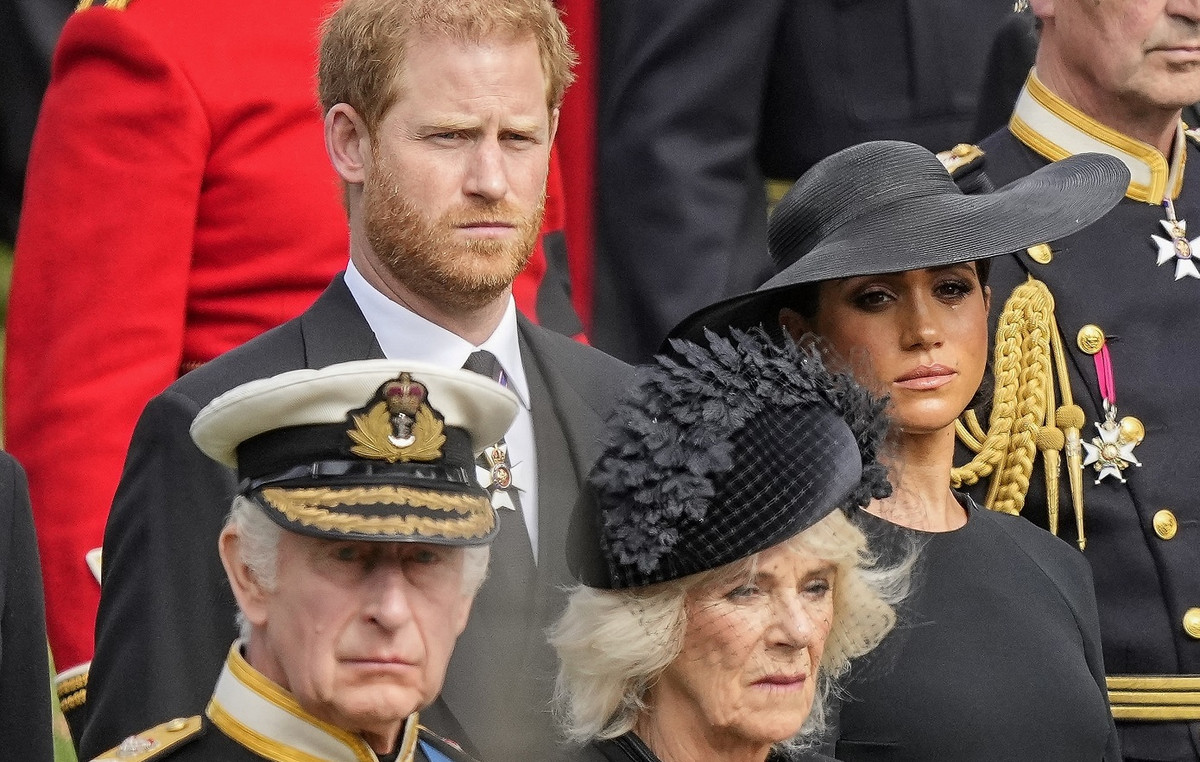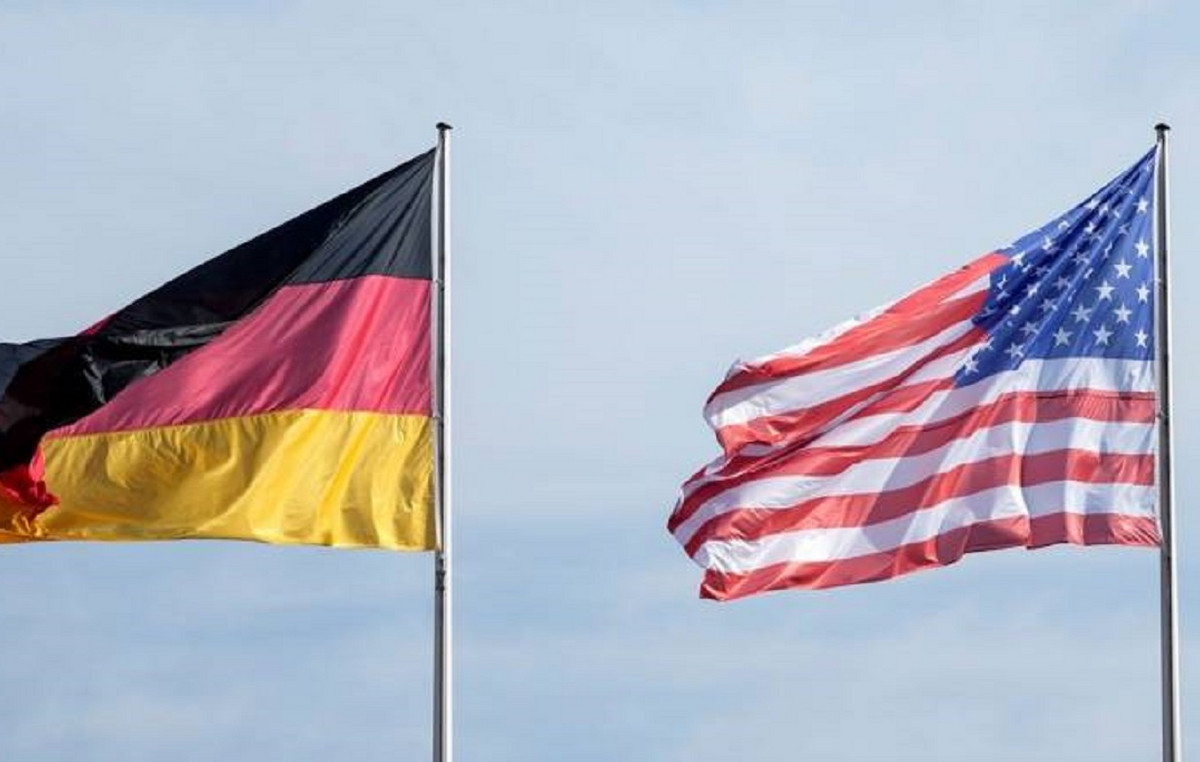Francis Ford Coppola , 85, has just premiered his new film at the 77th edition of the Cannes Film Festival. In addition to the signature of the renowned filmmaker and great cast, “Megalopolis” arrives accompanied by some controversies, such as the delay of decades to realize the title and the millionaire financing of the director himself.
However, this is not the first time that a filmmaker's production has caused something to be talked about. Stories from the set of one of his biggest hits, “Apocalypse Now” (1979), have been circulating behind the scenes and in the press for years. Even the emblematic trilogy “The Godfather” brings together some controversies.
Remember below some controversies involving Francis Ford Coppola's films.
- The Godfather
Before production even began, the film based on Mario Puzo's 1969 best-seller – which would go on to become one of the biggest productions in the history of cinema – caused a stir. Each stage of the process – script, casting, financing – met with gigantic resistance, including from the Mafia itself, which mobilized against the book's negative portrayal of the Italian-American community.
Therefore, finding a director who would be willing to lead the production was difficult. Sergio Leone, Elia Kazan, Peter Bogdanovich, Costa-Gravas and more established directors at the time denied it. The director, who had just left college and had Italian ancestry, which could have been an argument for the choice, took on the challenge.
Early in the film's development, Coppola and Paramount, the studio responsible for the film, clashed over the budget, which was US$2.5 million. At one point, the daily cost reached US$40,000, which led the studio to place someone on set to keep an eye on production.
The casting choice also generated conflicts. The book's author wanted Marlon Brando as Don Vito Corleone and studio executives were against casting the actor known for having a quick temper. Meanwhile, Coppola cast several family members in the plot, such as her sister, Talia Shire, and daughter, Sofia.
Some choices of elements in the film also generated repercussions, such as a severed horse's head that appears in a scene in the film.
A behind-the-scenes series on the film, focusing on producer Al Ruddy, was released in 2022, titled “The Offer” .
- Apocalypse Now
After the success of “The Godfather” , Coppola decided to finance the film about the Vietnam War, a year after the end of the conflict, which was initially scheduled to be directed by George Lucas, the mind behind “Star Wars”. The filmmaker sought out the United States Army to cooperate with the production and even explored military sites in Georgia and Florida, but the US military was not interested in participating. He even thought about shooting the film in Australia, but ended up opting for the Philippines because of the access to American military equipment there and the cheap labor.
The idea was to film in four months in the Asian country, but Typhoon Olga hit the region and ruined almost all the sets and equipment, forcing production to close for eight weeks. When they returned, Marlon Brando arrived in the Philippines weighing much more than expected, making the ending described in the script impossible to achieve. As a result, the outcome of the plot had to be rewritten during recording. Coppola admitted that it was written hastily.
Another controversy involving Brando, who was already known for his difficult temperament, was his relationship with Dennis Hopper. According to reports, the actor refused to be on set at the same time as his colleague, who played a photojournalist in the plot.
Throughout production, costs increased and the production budget “Apocalypse Now” rose from US$14 million to US$25 million, having to take out a loan of more than US$10 million from United Artists. In post-production, excess costs totaled US$18 million, part of which had to come out of Coppola's own pocket. Production initially scheduled to last four months took a total of 15 months.
Described by the filmmaker as “an unprecedented war experience and making them react as much as those who went through war”, some scenes in the film generated controversy, such as the ritual carried out by a local tribe in which a buffalo is slaughtered. Despite being an American production subject to US animal cruelty laws, the scenes filmed in the Philippines were not supervised.
Before the final version, Coppola screened several cuts throughout the year, presenting it as a “work in progress”, including at the prestigious Cannes Festival.
The director's wife, Eleanor Coppola, released a documentary about the film's production, titled “A Filmmaker’s Apocalypse” .
Discover Coppola's new film presented at Cannes and which only received 50% approval
Source: CNN Brasil
I’m Robert Neff, a professional writer and editor. I specialize in the entertainment section, providing up-to-date coverage on the latest developments in film, television and music. My work has been featured on World Stock Market and other prominent publications.







